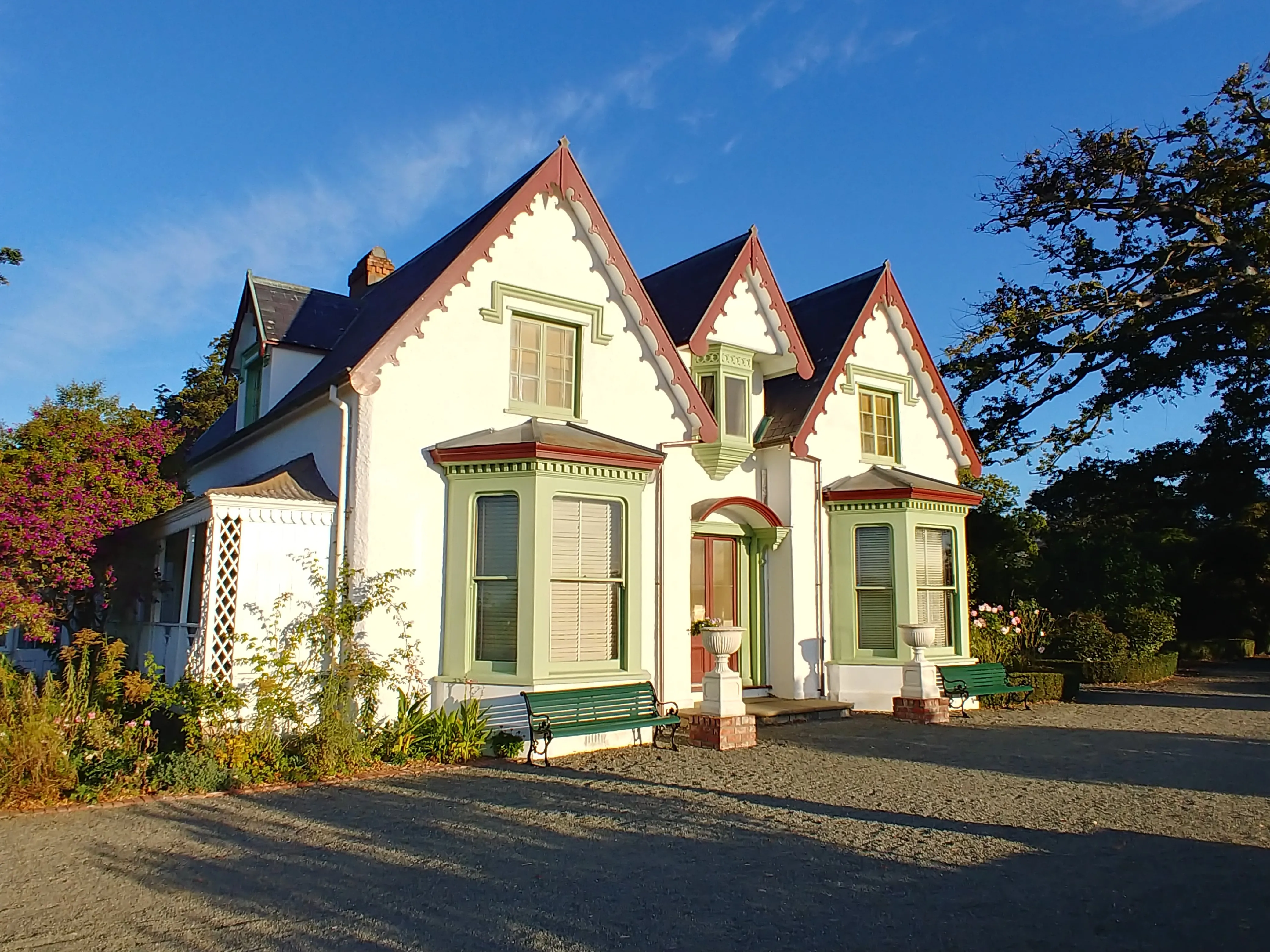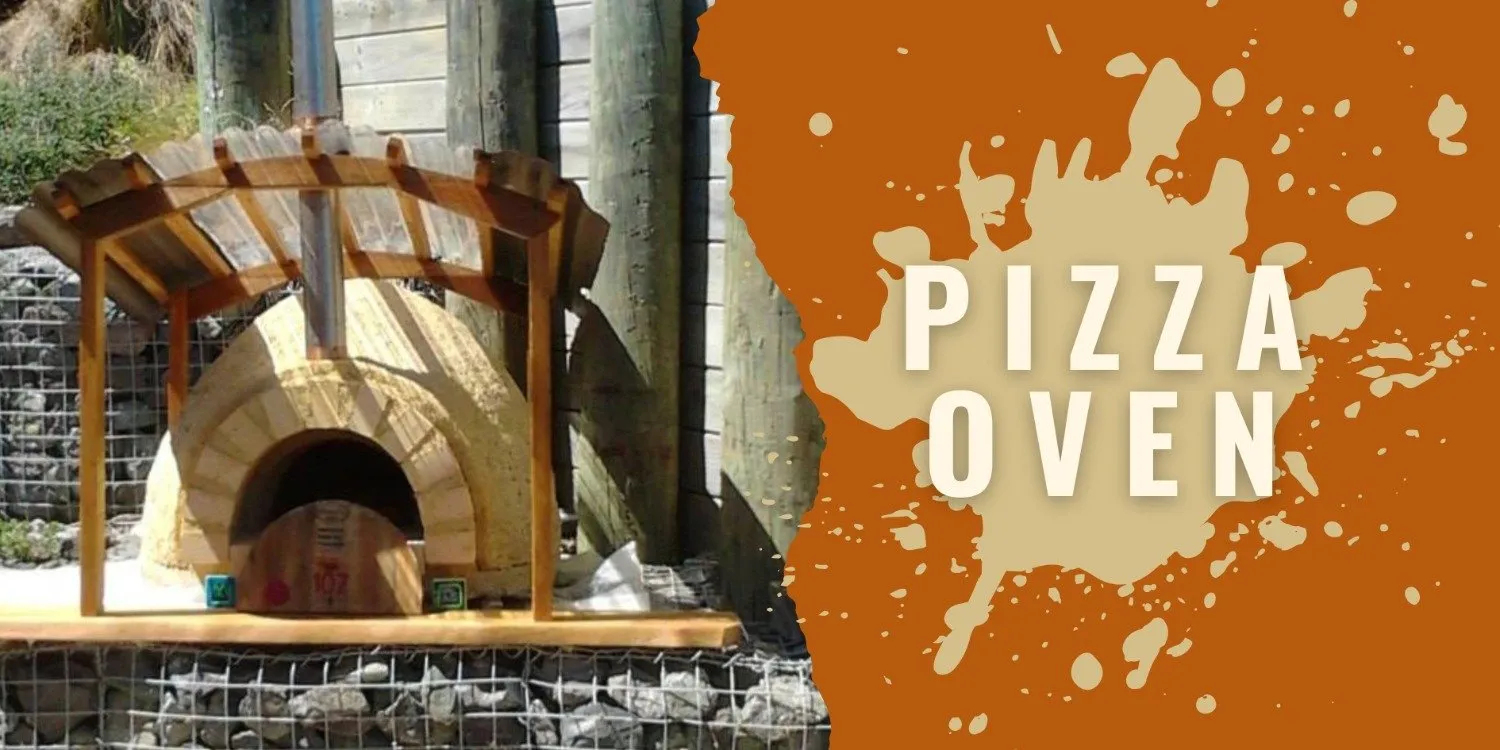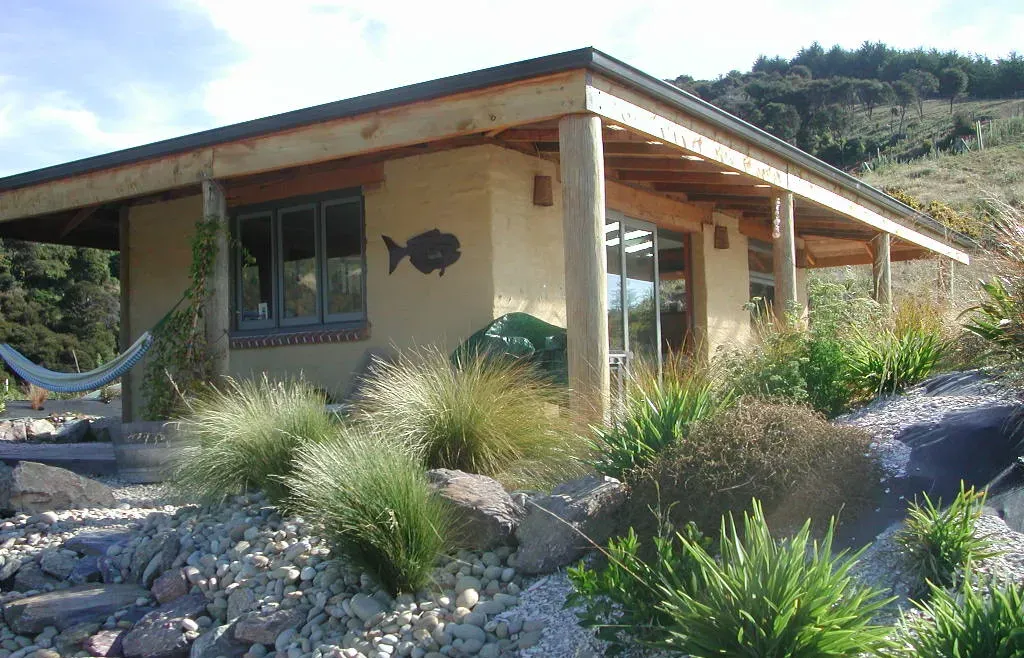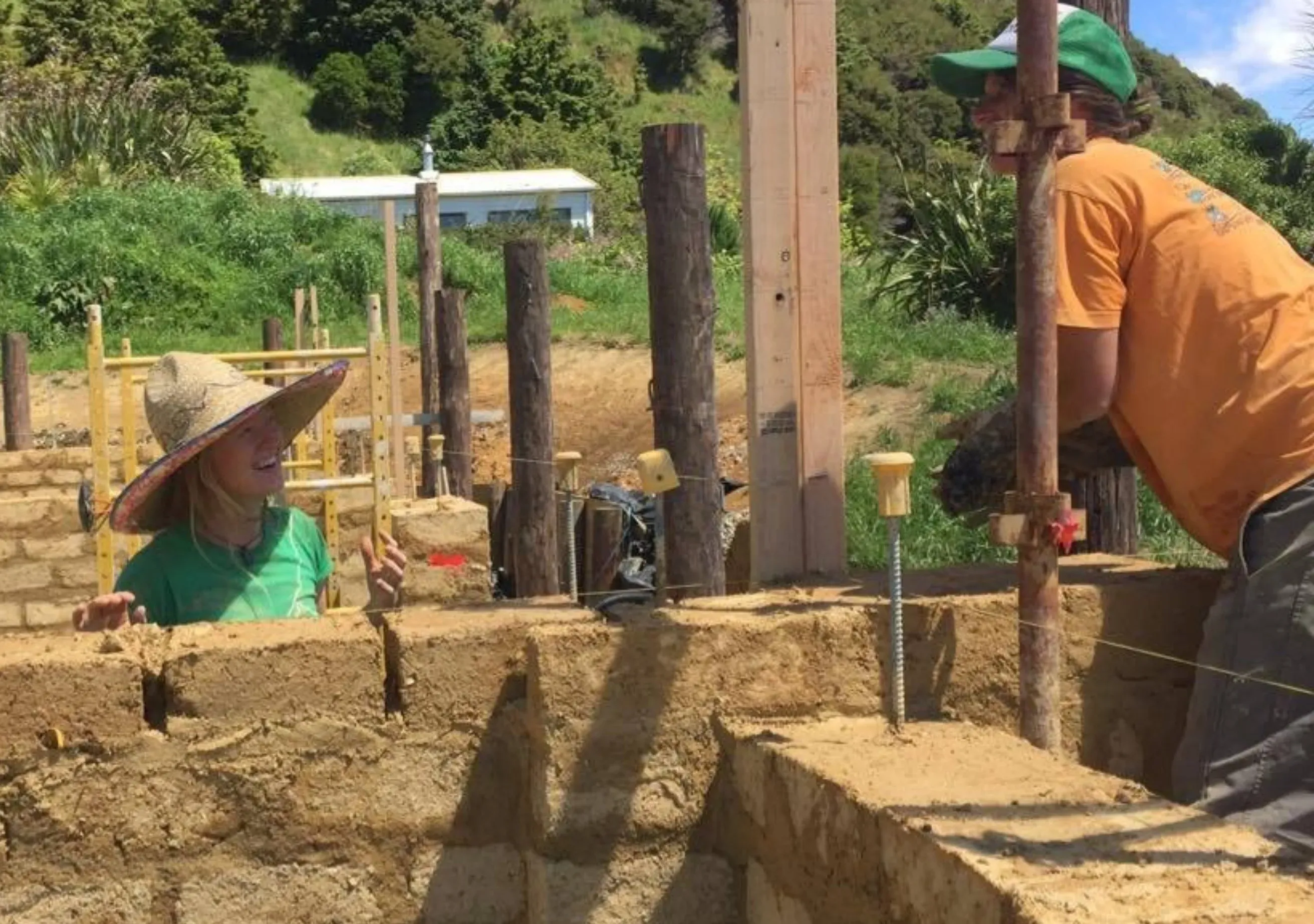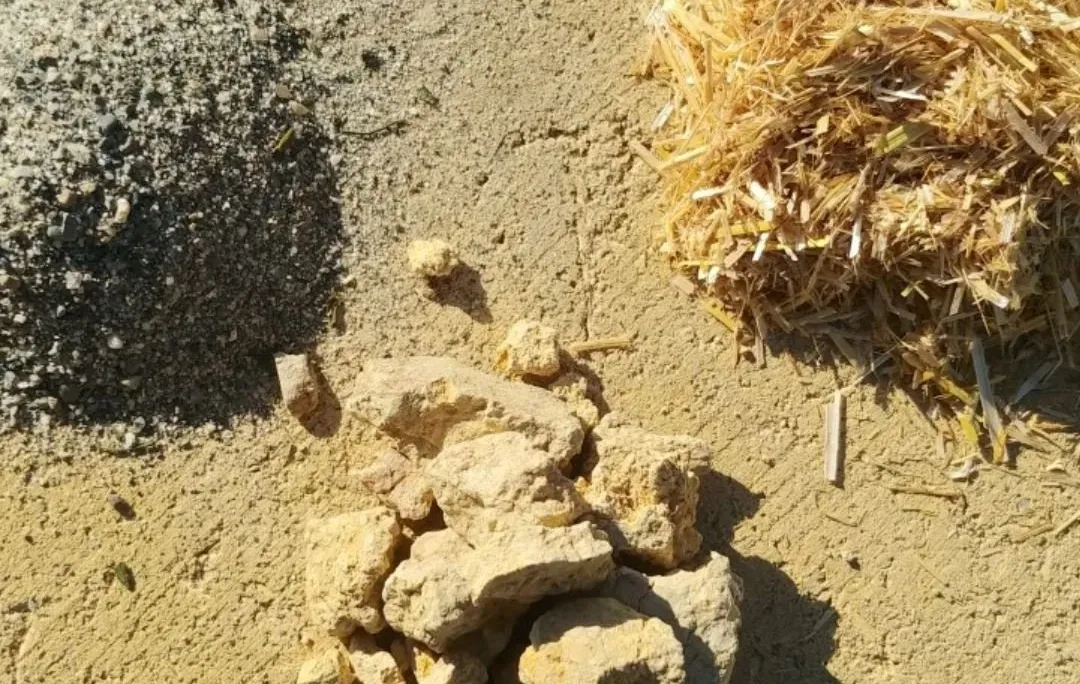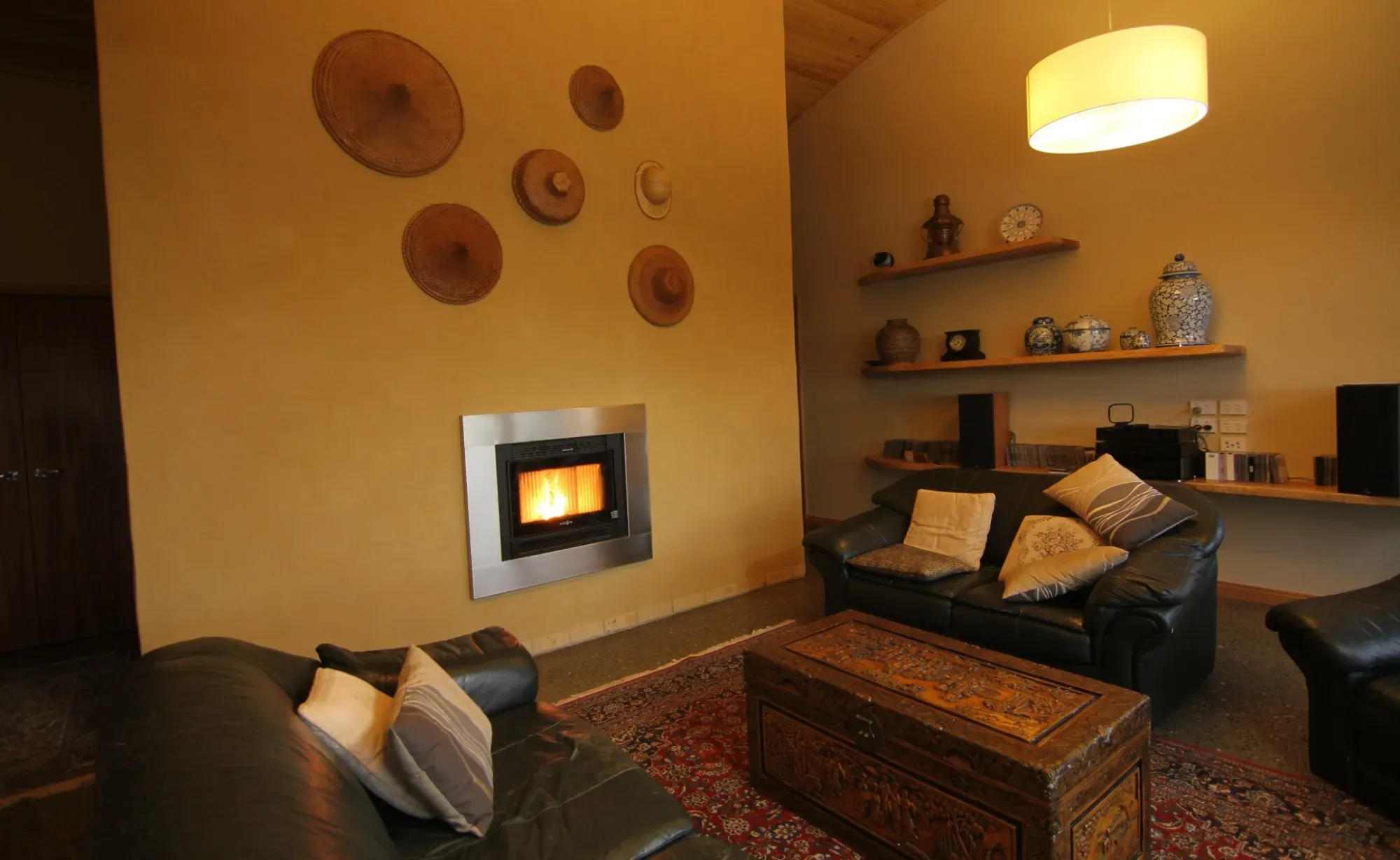Non-Toxic Eco Retrofitting: A Blueprint for a Healthier Home
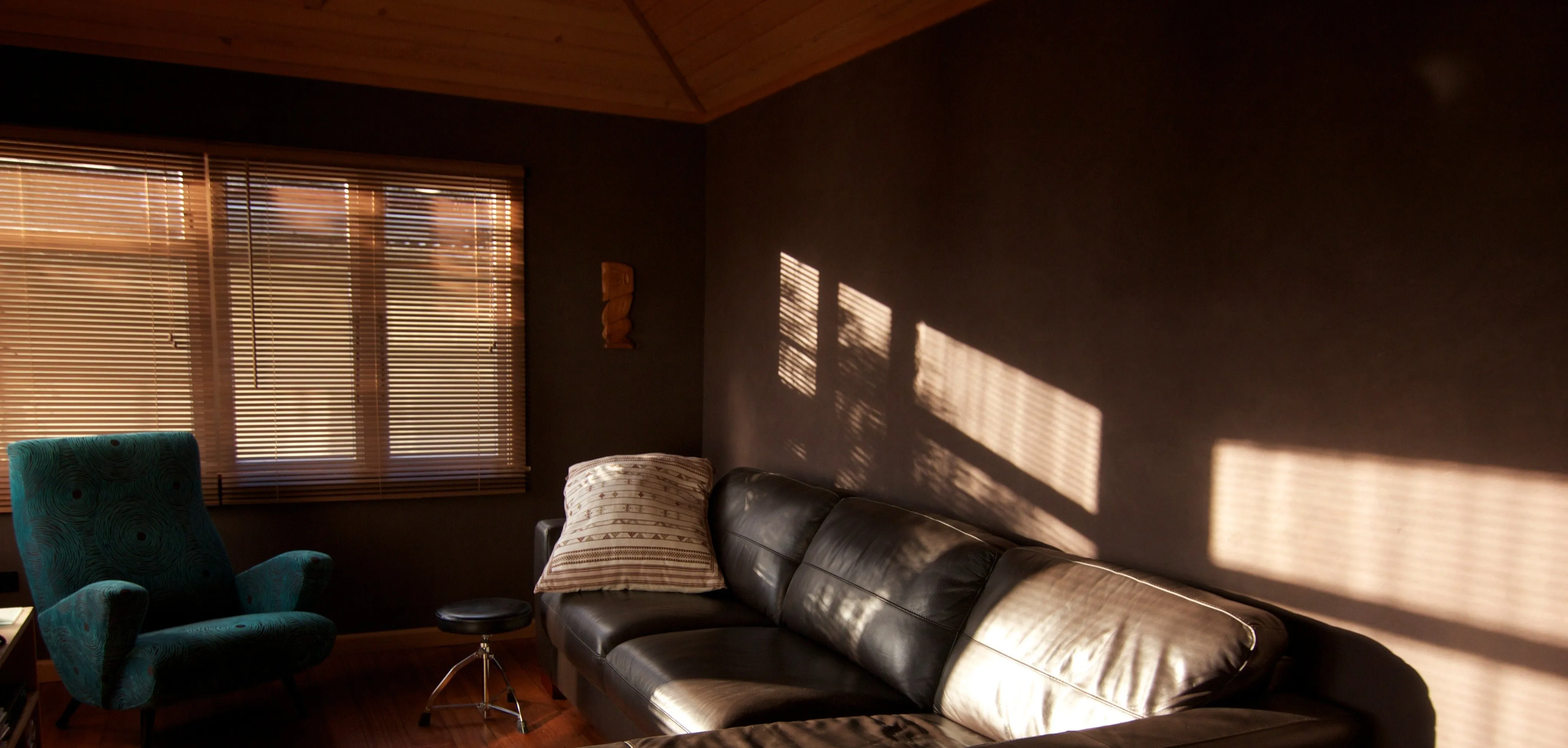
Housing is a fundamental component of our quality of life. The majority of our homes however perform poorly, and many contribute to the health issues of their occupants. Eco retrofitting is the art of transforming existing structures into energy-efficient, non-toxic havens that nurture both our health and the planet's. It's about making smart, sustainable changes that have a big impact. Whether you're a homeowner, a renter, or a building professional, understanding the key principles of non-toxic eco retrofitting can help you create spaces that are both safe and in harmony with the environment.
Key Takeaways
- Non-toxic eco retrofitting reduces the environmental footprint of existing buildings while safeguarding occupant health.
- Understanding and avoiding volatile organic compounds (VOCs) is crucial for indoor air quality.
- Choosing materials and practices that minimize exposure to toxic substances is a core principle of eco retrofitting.
- Effective ventilation and low-VOC materials are essential for creating a healthy indoor environment.
- Eco retrofitting is not just about energy efficiency; it's about creating a holistic, sustainable living space.
Why Non-Toxic Matters in Eco Retrofitting
When we talk about eco retrofitting, we often focus on energy efficiency and sustainability, but there's another vital component: non-toxicity. The materials we surround ourselves with can emit harmful chemicals into our living spaces, affecting the air we breathe and our overall well-being. Non-toxic eco retrofitting is about choosing materials and methods that support a clean, healthy indoor environment, free from these harmful pollutants. It's about ensuring that our green choices are also safe choices for our families and ourselves.
Understanding Volatile Organic Compounds (VOCs)
Volatile organic compounds, or VOCs, are chemicals that vaporize at room temperature and can be found in many common household products and building materials (even natural ones). From paint to flooring, furniture to cleaning products, VOCs are more prevalent than you might think. They can cause a range of health issues, from headaches and dizziness to more serious long-term effects. Knowing how to identify and avoid VOCs is a fundamental step in creating a non-toxic home environment through eco retrofitting.
The Health and Environmental Impact of Toxic Materials
The materials we choose in our homes matter not just for their aesthetics or durability, but also for their impact on health and the environment. Toxic materials can release harmful chemicals long after they've been installed, contributing to indoor air pollution and posing risks to our health. Beyond personal well-being, these materials can have broader environmental consequences, from the energy-intensive processes used to produce them to the challenges they pose at the end of their life cycle. Eco retrofitting with non-toxic, low-VOC materials is about breaking this cycle and choosing a path that's better for both people and the planet.
Starting with the Air We Breathe
Clean air is fundamental to our health, and yet, indoor air quality is often overlooked in our living spaces. Eco retrofitting starts with the air we breathe, focusing on creating an indoor environment that is as free from pollutants as possible. This involves not only selecting the right materials but also choosing systems that maintain air quality, such as efficient ventilation that cycles in fresh air and controls moisture levels. By prioritizing air quality, eco retrofitting helps create spaces that are not just energy-efficient but also health-conscious.
Choosing Low-VOC Materials
One of the most direct ways to improve indoor air quality is by choosing low-VOC materials. These materials are designed to emit fewer or close to no volatile organic compounds, helping to keep the air in your home cleaner and safer. From wall finishes to flooring, adhesives to insulation, there are low-VOC options available that don't sacrifice quality or performance. By opting for these materials, you're taking a significant step towards a healthier home environment and a successful eco retrofit.
Natural Building Tip: You can make your own low-VOC paints using simple ingredients such as clay, flour paste, casein and lime. We share our recipe collection on our free online mini-workshop "Retrofitting with Natural Materials"
Integrating Efficient Ventilation Systems and breathable materials
Good air quality is about more than just avoiding VOCs; it's about creating an environment where fresh air circulates freely. Integrating efficient ventilation is a game-changer in eco retrofitting. It is important to bring in fresh outdoor air and expel stale indoor air, balancing humidity levels and reducing the accumulation of indoor pollutants. Pairing proper ventilation with breathable materials like earthen plasters and natural fibers in carpets and curtains can further enhance air quality.
Let There Be (Natural) Light
Natural light does more than just brighten a room; it plays a critical role in our circadian rhythms and overall mood. Embracing natural light in eco retrofitting not only creates a welcoming atmosphere but also reduces the need for artificial lighting, slashing energy consumption and costs. By designing spaces to capture the sun's rays throughout the day, we can light our homes more efficiently and in tune with the natural world.
Maximizing Daylight in Living Spaces
Maximizing daylight isn't just about having big windows; it's about smart design that considers the position and function of each room. Skylights, light tubes, and strategically placed mirrors can all enhance natural light, even in spaces that traditionally lack sunlight. Reflective surfaces and light-colored walls can also amplify daylight, ensuring it reaches every corner of the room. By maximizing daylight, we create spaces that are not only more pleasant but also more energy-efficient.
Benefits of Sunlight for Well-Being and Energy Savings
The benefits of sunlight extend far beyond aesthetics. Exposure to natural light has been shown to boost mood, enhance sleep quality, and even improve productivity. From a practical standpoint, using sunlight to illuminate our homes can significantly reduce energy bills. When we design our living spaces to capture and utilize sunlight effectively, we tap into a renewable resource that's both free and infinitely replenishing.
Optimizing Water Use: Every Drop Counts
Water is one of our most precious resources, and optimizing its use is a cornerstone of eco retrofitting. Every drop counts, and through smart design and technology, we can drastically reduce water waste in our homes. From the bathroom to the kitchen, there are numerous opportunities to save water without compromising on comfort or convenience. By being mindful of our water use, we not only conserve this vital resource but also set an example for sustainable living.
Installing Water-Conserving Fixtures
Water-conserving fixtures are an easy win in the quest to reduce water usage. Low-flow faucets, showerheads, and toilets can significantly cut down on water consumption, often with no noticeable difference in performance. These fixtures are designed to use less water while maintaining pressure, ensuring that your daily routines are just as efficient but much more eco-friendly. Installing these fixtures is a straightforward step that can have a lasting impact on your home's water footprint.
Harvesting Rainwater and Greywater Systems
Harvesting rainwater and reusing greywater are innovative strategies that take water optimization to the next level. Rainwater can be collected and used for irrigation, reducing the demand on municipal water supplies. Greywater, which is the relatively clean waste water from baths, sinks, and washing machines, can be treated and reused for non-potable purposes like flushing toilets or watering gardens. By implementing these systems, we make the most of every drop, embracing a sustainable cycle that benefits both our homes and the environment.
Warmth Without the Waste
Staying cozy doesn't have to mean cranking up the thermostat and watching your utility bills soar. With eco retrofitting, we focus on smart, sustainable ways to keep warm that also cut down on waste. Insulation is key here—it's like wrapping your home in a warm blanket that holds in heat. But not all insulation is created equal. We aim for materials that trap warmth efficiently without trapping harmful chemicals in your home.
Insulation Choices That Keep the Warmth In and Toxins Out
When it comes to insulation, it's not just about the R-value, which measures resistance to heat flow. We also need to consider what's in our insulation. Many conventional options contain chemicals that can off-gas VOCs or other toxins, or they pose a health hazard during installation. Instead, we look for materials that provide excellent thermal performance and are safe for indoor air quality and pleasant to install. These insulation choices often also have much better environmental credentials, which is a win-win.
Natural Insulation Materials: Wool, Cellulose and Cork
Let's talk specifics. Wool, cellulose, and cork are all-stars in the world of natural insulation. Sheep's wool is not only incredibly effective at keeping heat in, but it's also moisture-resistant and fire-retardant by nature. Cellulose, made from recycled paper or wood, is treated for fire resistance and offers a great way to reuse materials that would otherwise end up in landfills. Cork, harvested from the bark of cork oak trees without harming the tree, provides excellent thermal and acoustic insulation. All three are renewable, biodegradable, and free from the nasty chemicals found in many synthetic insulation materials.
Natural Building Tip: You can also create your own insulation by mixing earth with biomaterials such as straw, wood shaving or hemp shiv. This technique is called LEM (Light Earth Method), and relies on a timber-frame that can be filled with mixes of very low density.
Energy Efficiency: Harnessing the Elements
Energy efficiency is a cornerstone of eco retrofitting, but it's not just about using less—it's about using smart. Harnessing the natural elements to our advantage can significantly reduce our reliance on artificial heating and cooling. By working with the sun, wind, and even the earth itself, we can create homes that maintain comfortable temperatures naturally, slashing energy use and bills in the process.
Passive Solar Design Strategies That Reduce Energy Dependency
Passive solar design is a beautiful example of working with nature. It's about orienting your windows to capture the sun's warmth in the winter, while allowing for strategic shading to keep cool in the summer. Depending on the hemisphere, you want to have large south-facing or north-facing windows that can let in the winter sun, to warm up concrete, earth or tile floors or thermal mass walls, that store and slowly release heat. Overhangs or deciduous trees can provide shade in the summer, keeping things cool. These strategies rely on the sun's predictable patterns, requiring little to no mechanical intervention to keep your home more comfortable year-round.
Earthen Components for Thermal Mass
Speaking of storing heat, let's dig into thermal mass. Solid materials like adobe, rammed earth, cob and even stone can absorb and hold onto heat during the day and release it slowly as temperatures drop. These earth-based components are more than just functional; they add a unique aesthetic to your home. They're also incredibly durable and have a low environmental impact, making them a win-win for eco retrofitting enthusiasts looking to embrace the elements in their design.
The Lifecycle of Building Materials
Every material we use in our homes has a story—from where it was sourced to how it's disposed of at the end of its life. In eco retrofitting, we think about the full lifecycle of building materials. It's not just about choosing products that are sustainable now; it's about considering their future impact. Can they be recycled or repurposed? Will they break down safely in the environment? These questions guide us toward materials that support a circular economy and a healthier planet.
Why Durability and Recyclability Matter
Durability isn't just about longevity; it's about reducing the need for replacement and, consequently, the demand for new resources. Materials that stand the test of time don't just save money; they save energy and raw materials. Recyclability goes hand-in-hand with durability. When materials reach the end of their useful life, being able to recycle them means we can divert waste from landfills and reduce the need for virgin materials. Choosing durable and recyclable materials is a key principle of non-toxic eco retrofitting, ensuring that the environmental impact of our homes remains as low as possible over time.
Circular Economy in Construction: Reuse and Recycle
The concept of a circular economy is a transformative approach to construction. It's about creating a loop where materials are reused and recycled, minimizing waste and the extraction of new resources. In eco retrofitting, this might mean repurposing old beams as architectural features or using recycled glass in countertops. It's a shift from the traditional 'take-make-dispose' model to one where every material has multiple lifecycles. By adopting this mindset, we not only reduce our environmental footprint but also foster innovation in the use of reclaimed and recycled materials.
Embracing Natural Materials
There's a growing recognition of the benefits of natural materials in construction. Not only do they often have a lower environmental impact in terms of production and disposal, but they also bring a sense of warmth and connection to the natural world into our homes. Natural materials like wood, stone, and clay have been used for centuries and have stood the test of time. They're not just a nod to tradition; they're a smart choice for a sustainable future.
Material Innovation: Building with the Future in Mind
As we look to the future, material innovation is key. New materials are being developed that are stronger, more efficient, and less harmful to the environment. These innovations can revolutionize the way we build and retrofit, making it easier to achieve both our aesthetic and environmental goals. From biodegradable composites to self-healing concrete, the materials of the future will not only support the planet but also offer new possibilities for design and construction.
Return to time-tested Basics: Earth, Lime and Biomass
While innovation is important, there's also much to be learned from the past. Traditional materials like earth, lime, and biomass are making a comeback in modern construction. Solid earth walls, natural plasters made from earth or lime, and bio-materials for insulation are just a few examples of how these time-tested materials can be used in contemporary eco retrofitting. They're natural, abundant, low-VOC and have a low environmental impact, making them ideal for those looking to reduce their ecological footprint and to build with health in mind.
Frequently Asked Questions (FAQ)
There's a lot to consider when diving into non-toxic eco retrofitting, and it's natural to have questions. Here are some of the most common queries I come across, along with clear, straightforward answers to help you on your journey to a healthier, more sustainable home.
What Is Non-Toxic Eco Retrofitting?
Non-toxic eco retrofitting is the process of upgrading existing buildings to be more environmentally friendly and healthier for occupants. It involves using materials and practices that minimize exposure to toxic chemicals, improve energy efficiency, and reduce environmental impact. This approach not only makes homes safer and more comfortable but also contributes to a more sustainable world.
How Can I Test for VOC Levels in My Home?
Worried about the air quality in your home? Testing for VOC levels could be a smart move. In many places there are at-home test kits available, or for a more comprehensive assessment, you can hire a professional who can use advanced equipment. These tests can identify the types and concentrations of VOCs present, helping you make informed decisions about improving your indoor air quality.
- DIY test kits for a quick check
- Professional assessments for detailed analysis
- Consider testing if you notice unusual odors or symptoms like headaches and dizziness
- Use the results to plan your non-toxic eco retrofitting strategy
What Are the First Steps to Retrofit My Home Sustainably?
Ready to start your eco retrofitting journey? Begin by assessing your home's current state. Look for materials that are concerning, and for areas where energy is being wasted, like drafty windows or insufficient insulation. Cold and damp homes can be affected by mold, which is a huge risk to your health.
- Conduct an energy audit to identify weak spots
- Seal drafts and improve insulation for immediate benefits
- Install breathable building materials as your surface finishes
- Understand your ventilation needs and habits, and make changes if necessary
- See if you can optimize passive solar gain by balancing glazing and thermal mass
Are Earthen Materials Easy to Install in a Retrofit?
Earthen materials like earthen plasters or thicker solid earth walls tick all the non-toxic retrofit boxes and add a unique charm to your interior, but they do require specific skills to install. If you're considering these materials, it's best to work with professionals who have experience with natural building techniques. They can either install these for you, or teach you how to DIY. With the right team, earthen materials can be a valuable and beautiful addition to your home.
- Research different types of earthen materials that can be retrofitted. Our free online class covers a few options
- Decide if you want to go down the DIY route with this, or if you want to engage a professional
- Source earthen materials locally, or in some places you will be able to buy them from a merchant. We don’t recommend shipping these materials from far away
- If you want to DIY, consider doing a workshop or online training. We specialize in supporting students to do this successfully, with our remote guidance.
As we wrap up, remember that non-toxic eco retrofitting is more than a series of upgrades—it's a commitment to a healthier lifestyle and a more sustainable future. By understanding and minimizing VOCs, making informed choices about materials, and harnessing natural resources like sunlight and thermal mass, we can transform our living spaces and our world.
So, take that first step, test your air, plan your retrofit, learn some new skills, and dive into the rewarding journey of eco-friendly building.

